Different types of fossils
There are lots of different types of fossils to be found
When most people think of fossils they think of dinosaur skeletons and large bones, but there are many different types of fossils to be found. Palaeontologists, people who study fossils, divide them into two major types: body fossils and trace fossils.
Casts of footprints made by Megalosaurus, taken from a huge fossilised trackway discovered at Ardley Quarry, Oxfordshire, in 1997.
Body fossils show us what a plant or animal looked like
The first type, body fossils, are the fossilised remains of an animal or plant, like bones, shells and leaves. These can be mould and cast fossils, like most of the fossilised dinosaur skeletons and big bones we see, replacement fossils, like petrified wood, or whole body fossils - mammoths caught in ice, or insects trapped in amber.
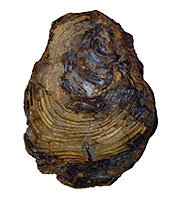
Petrified wood
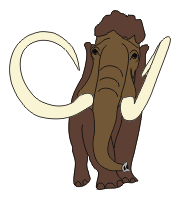
Mammoth
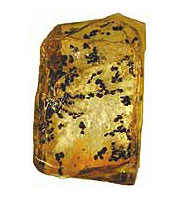
Insects in amber
Footprints and coprolites are trace fossils: they show us how an animal lived
The second type of fossil records the activity of an animal. Known as trace fossils, these include footprints, trackways, and coprolites (fossil poo!).
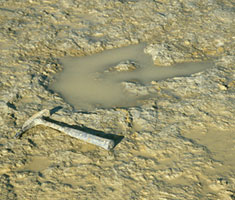
Well-preserved dinosaur footprint
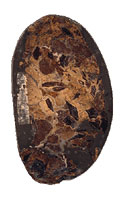
Coprolite
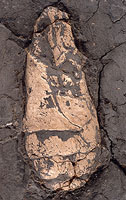
Coprolite